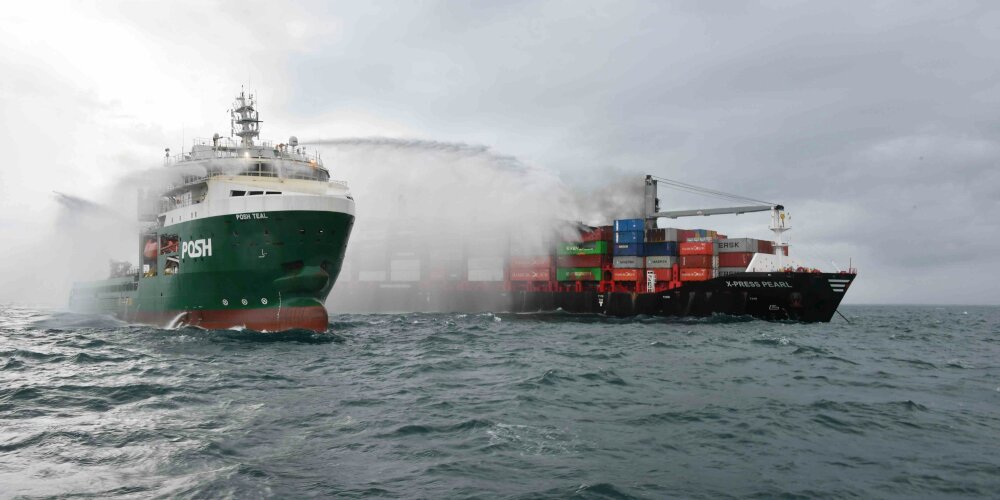Browse our services
Explore how Brookes Bell can help you
Find an expert
Meet our team, find and expert and connect
Contact us
Get in touch, we're here to help

The Cargo Integrity Group (CIG) - a coalition of maritime industry bodies - has identified a set of ‘fire initiating cargoes’ that can compromise safety in the container supply chain under certain conditions.
These cargoes, that are commonly transported by sea and intermodally, are those that can become hazardous when handled incorrectly - and have been defined by the CIG as cargoes that present ‘reactive hazards’.
Whilst these reactive hazard cargoes already fall within the scope of Dangerous Goods regulations, the CIG has highlighted that incidents still occur too frequently. In fact, as the judge in one casualty litigation explained, disasters are only infrequent due to a ‘lack of a similar perfect storm of events, and simple good fortune’.
In fact, in a statement, the Group said that ‘only reliance on robust diligence or precise emergency response prevents many minor incidents becoming major casualties’.
So, what cargoes have been classified as ‘reactive hazards’ by the Cargo Integrity Group? They are as follows:
A powerful oxidiser, calcium hypochlorite is prone to rapid decomposition. In low concentrations, this chemical compound finds myriad uses, including as a water cleanser and disinfectant.
However, if subjected to higher temperatures or contamination, calcium hypochlorite can decompose and eventually ignite. This is especially true if it comes into contact with other organic or combustible materials.
Charcoal is another ‘reactive hazard’ that has been the subject of lengthy debate by the IMO. In fact, from January 2026, charcoal (and variants such as charcoal treated with accelerants) will fall under a revised safety framework for transport by sea. This will remove an unreliable test regime and require that charcoal is always declared as Dangerous Goods.
These cargoes have also been defined by the Cargo Integrity Group as reactive hazards.
The primary reason for this classification is the fact that these types of cargoes are prone to self-heating and fire - and require considerable integrity and care during the packing, securing and transport process.
As we’ve previously highlighted here at Brookes Bell, lithium-ion batteries pose a significant ‘reactive hazard’ during transport at sea.
The Cargo Integrity Group has classified lithium-ion batteries as reactive hazards on the basis that:
‘Many incidents to date have involved new batteries; the hazards will only multiply with age and deteriorating condition. While this will challenge the recycling industry, the reality is that all these products, whether new, used, in use, damaged or end of life, will impact the transport and storage industries for decades to come’.
In addition to fire, lithium-ion batteries can also release toxic gases and initiate vapour cloud explosions - all of which can lead to major casualty events.
Have you experienced a fire on your vessel and need to determine the root cause and liability? Then Brookes Bell’s experienced fire investigators can help you get the answers you need to achieve a successful resolution.
We are able to investigate a variety of fire scenarios, whether in the engine room, cargo storage or crew areas, including solid, liquid, chemical, electrical and gas phase explosions, lithium-ion battery fires and more.
For more maritime industry insights, news and information, read the Brookes Bell News and Knowledge Hub…
Brookes Bell Puts Engine Room Fires Into Focus | Evidence First: Why Method Matters in Fire Investigation | The Ins and Outs of Marine Fire Investigations